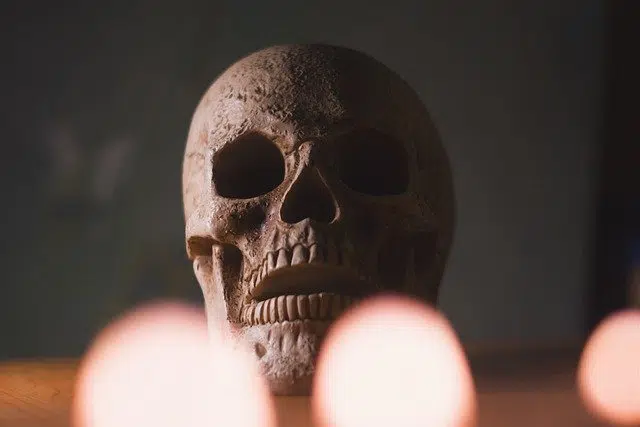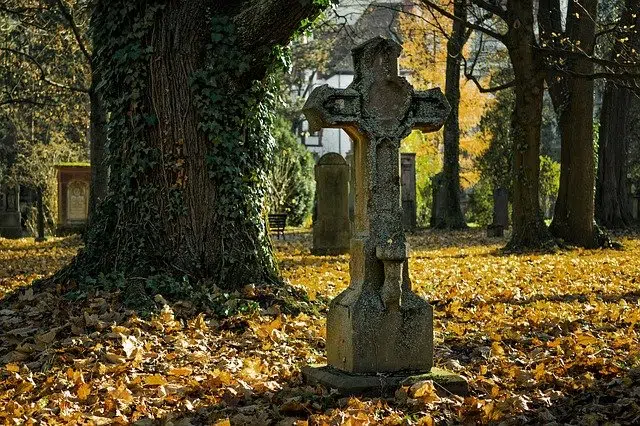
The idea of death refers to the end of life.
Establishing the etymological origin of the word death leads us to go to Latin. And specifically, we discovered that it comes from the Latin word mors, mortis , which is what would give rise to the verb to die over time.
Death is the end of life due to the organic impossibility of sustaining the homeostatic process. It is the end of the living organism that had been created from birth.
Types of death
There are different types of death. Thus, first of all, we could talk about the so-called natural death which, as its name indicates, is that which occurs as a result of the old age of the person in question.
But, on the other hand, there is the so-called violent death, which is that which someone experiences as a result of either forceful trauma and by chance or as a consequence of another individual having decided to end his or her life . Thus, someone dies a violent death when they are the victim of a murderer or homicide.
Evolution of the concept
The concept of death, however, has varied throughout history . In ancient times it was considered that death, as an event, took place when the heart stopped beating and the living being no longer breathed. With the advancement of science , death came to be understood as a process that, from a certain moment on, becomes irreversible.
Currently, a person may have stopped breathing on their own and yet remain alive through an artificial respirator. On the other hand, brain death can be referred to as referring to the complete and irreversible cessation of brain activity. .

For biology, death implies the impossibility of maintaining the homeostatic process.
Death: religion and symbology
Beyond biology , there is a social and religious conception of death. Death is usually considered the separation of body and soul. Therefore, death would imply the end of physical life but not of existence. Belief in reincarnation is also quite common.
A skeleton covered in a kind of robe and a scythe is the symbol of death. Death as a figure is known as the Grim Reaper . For example: “When the Grim Reaper comes looking for you, there is nothing to do.”
Other uses of the notion
In this sense, we have to establish the existence of what is known as the dance of death . We can say that this is a representation that took place during the Middle Ages of a dance in which the central figure was Death, who served as a symbol of the equality of all men before her.
In the same way, there is also the term death bull . This is used to refer to what would be the fighting bull, that is, the animal that, from birth, is bred to be the one that faces a bullfighter in a bullring during the corresponding bullfight.
Death, finally, is the destruction or end of something : “The death of the Argentine national team as a power occurred after the retirement of Diego Maradona.”
